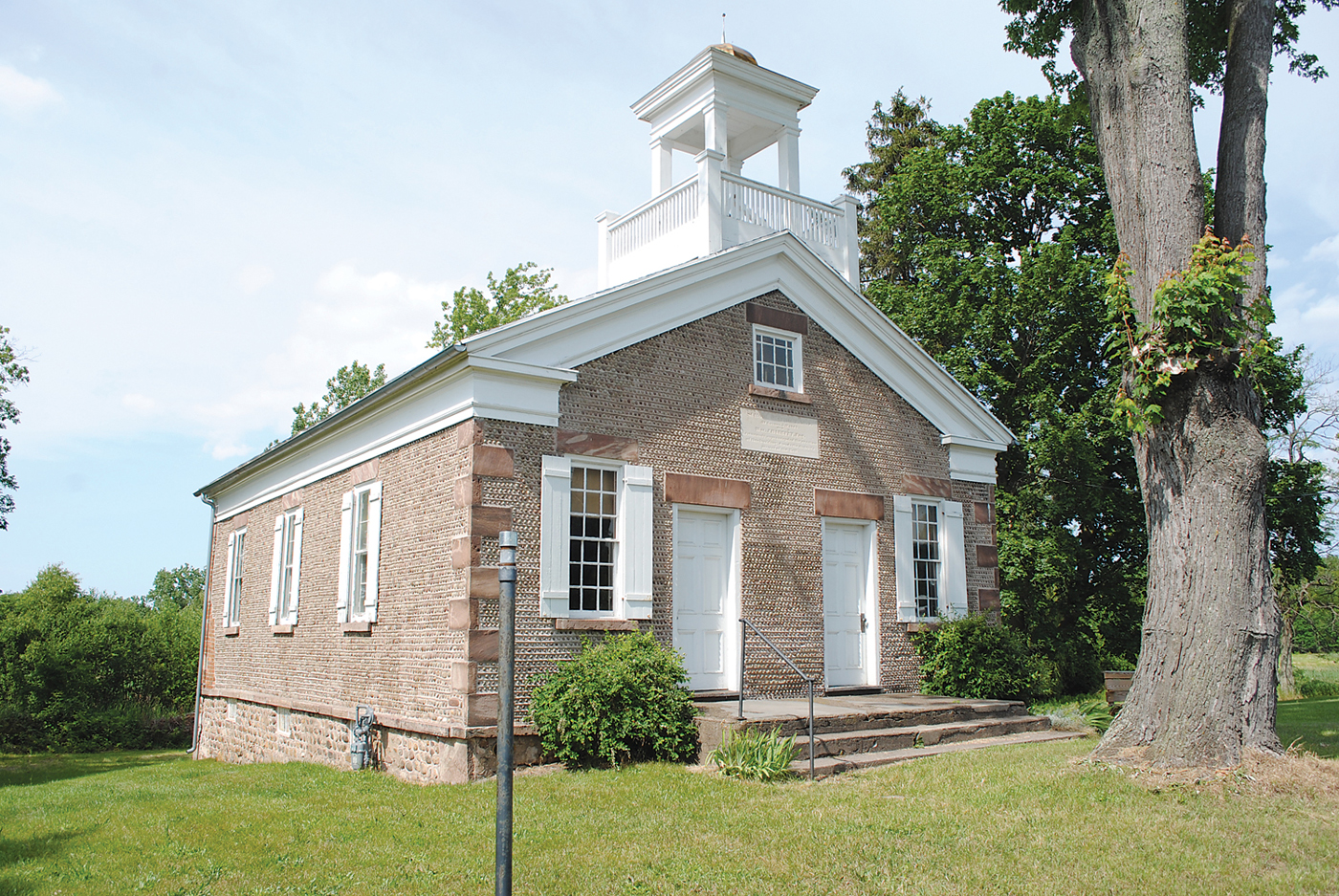Reconnaissance Satellite technology on display at RMSC highlights Rochester’s optical legacy and role in national security
The optical system of Gambit-1 (KH-7), a previously classified national reconnaissance satellite designed and manufactured in Rochester in the 1960s, is now on display at the Strasenburgh Planetarium. The program was declassified in 2011 and is on long-term loan to the Rochester Museum & Science Center (RMSC) from the National Reconnaissance Office (NRO). To celebrate the homecoming of this significant Rochester legacy and hear from several retirees who worked on the project, the RMSC will hold a panel discussion on Tuesday, February 4, at 10 a.m. in the Strasenburgh Planetarium. The panel discussion will be moderated by James Outzen, Director of the Center for the Study of National Reconnaissance (CSNR) and include Gambit experts.
“RMSC is thrilled to be able to bring such an important piece of Rochester technology home,” said RMSC President and CEO, Hillary Olson. “By showcasing this piece, we are highlighting Rochester’s history, celebrating the local people who worked so hard on this top-secret, covert project, and looking toward this region’s present and future as a global technology hub.”
Agreeing with Olson, James Outzen, Director of the CSNR added, “I appreciate RMSC facilitating a return home of the Gambit optical system, designed and manufactured in Rochester. This innovative system represents the kind of cutting-edge space camera system that gave the U.S. a decisive intelligence edge during the Cold War.”
Gambit was one of a series of top-secret satellites whose mission was to photograph Soviet military and industrial capabilities from orbit. Between 1963 and 1967, Gambit-1 flew 38 missions and consistently returned high-resolution photographs to Earth. This allowed U.S. National Security a view of the Soviet Union and other potential hostile activity that was previously inaccessible without international incident.
The technology that made this imagery possible was created in Rochester by the Research & Engineering unit (R&E), originally part of Eastman Kodak and now owned by L3Harris Technologies. This division developed the satellite’s 77-inch focal length camera, which provided resolution of about 2-3ft, as well as the film transport system. Once exposed, the special film was ejected from the satellite in the film return capsule, which then fell through the atmosphere to be recovered mid-air by specially equipped USAF planes and flown to Rochester for processing.
“The Smithsonian National Air & Space Museum and the National Museum of the Air Force each have a Gambit-1 Satellite on display, but the optical system is inside the satellite and not visible to the public. At this time, the Strasenburgh Planetarium is the only place the public can see the camera optics assembly,” said Tom Maultsby, a Senior Scholar at the CSNR, and an early advocate for bringing Gambit-1 optical system to Rochester. “This is a tribute to the many people who worked on this hardware allowing them to finally have a chance to show it to their families and talk about their contribution to this remarkable program. It really belongs in Rochester.”
Through the R&E unit, many Rochester men and women solved seemingly impossible challenges from the 1950s through the 1980s, developing camera, film, and film processing technology to take photos from 130 miles above the Earth, moving over 18,000 miles per hour, resulting in images clear enough to see trucks stored in a base. This work provided some of the most critical support to Cold War-era intelligence; however, working on covert projects like Gambit meant some people who contributed did not even know they were working on U.S. spy programs. “As members of the community-at-large peruse the Gambit at RMSC, some may now recognize they too made a contribution and feel proud,” said George Hubbard, an R&E retiree. Since this project was made public in 2011, Rochester men and women who worked on it are now able to share the stories they had to keep secret for much of their lifetime.
“For me as a retiree, there is pride looking back. I hope it also inspires people early in their careers along with students building their educational credentials for future employment,” said Hubbard. “I and others will use the Gambit display to tell our families and friends about the exciting work we did and how our participation in highly classified national security programs contributed to avoiding WWIII.”
RMSC is excited to host this piece of Rochester history and make it possible for those who worked on the project to finally see their work in person, fully assembled, for the first time.
The public is invited to attend this special event on February 4. RSVP to Paige Litchfield at plitchfield@rmsc.org or 697-1938 by January 25.
Provided information




